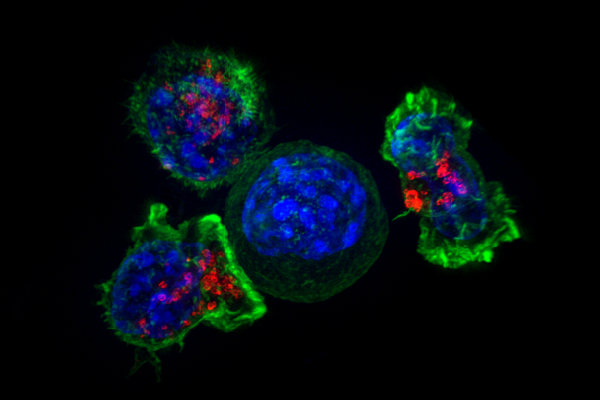'Idling' cancer cells may return

About half of all melanomas have mutations in the BRAF gene that accelerate tumor cell growth and spread. While most patients benefit from targeted anti-BRAF therapy, resistance to treatment and tumor progression is almost inevitable.
Vito Quaranta, MD, and colleagues studied the response of several BRAF-mutated melanoma cell lines to BRAF inhibitors. Reporting March 27 in the Biophysical Journal, they found that treated cells entered a previously unrecognized "idling" state in which the number of dividing cells matched the number of dying cells.
They developed a mathematical model of drug-response dynamics to explain how treatment may alter the "epigenetic landscape" melanoma cells inhabit leading to a state of zero net growth. They speculate that idling cancer populations, primed to acquire resistance mutations, may constitute the bulk of residual disease.
They suggest that "targeted landscaping," altering the landscape itself to suppress idling cancer cells in favor of those that are regressing, could delay, perhaps indefinitely, tumor recurrence.
More information: B. Bishal Paudel et al. A Nonquiescent "Idling" Population State in Drug-Treated, BRAF -Mutated Melanoma, Biophysical Journal (2018). DOI: 10.1016/j.bpj.2018.01.016














